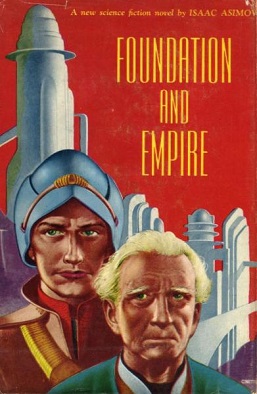
(jby)
It is an axiom of geek culture that Star Trek was a beacon of progressive thought on prime-time television, presenting an aggressively optimistic vision of the future in which humans of all races worked alongside even stranger beings to explore the universe and protect life in all its diversity, with phasers set to “stun” unless absolutely necessary. It is equally widely admitted that a glaring gap in the rainbow coalition aboard the U.S.S. Enterprise was human sexual diversity: in six television series and 12 feature films, the franchise has never identified an onscreen character as unambiguously gay, lesbian, or transgender.
Star Trek creator Gene Roddenberry was, apparently, farther behind the curve on gay rights than he was on racial equality, and never quite made queer inclusion a priority in his time guiding the franchise. Nevertheless Trek has tiptoed up to the line from a number of angles, presenting mind-swaps between bodies of different sexes going back to the “Original Series” of the late 1960s, alien species with sexual and gender roles that defy the male-female binary, sexually ambiguous alter-egos in parallel universes, and even gender reassignment surgery. Legend among fans also has it that an officer on the bridge in the movie Star Trek: First Contact, Lieutenant Hawke (Neal McDonough), was conceived with a gay backstory, but this personalizing detail was cut for time, and Hawke was assimilated by the Borg — maybe making things a little more fabulous in the depths of the Collective, if not the onscreen canon. Gay men also made central, if officially closeted, contributions to Trek: most notably George Takei, who played Lieutenant Sulu, and screenwriter David Gerrold, who wrote episodes including “The Trouble With Tribbles,” the one that buries William Shatner’s Captain Kirk in a pile of multicolored fur-balls. Gerrold wrote an episode for Star Trek: The Next Generation, “Blood and Fire,” which included a gay couple in pivotal roles, but the screenplay never got anywhere near production. (It has since been adapted in a fan-made continuation of the Original Series, with no small success.)
But while fans looking for overt queerness in Star Trek are forced to rummage through the lower decks of the franchise, there’s been a covert gay icon stationed up on the bridge since before the first episode was broadcast. That icon is none other than the First Officer of the Enterprise, Mr. Spock.



